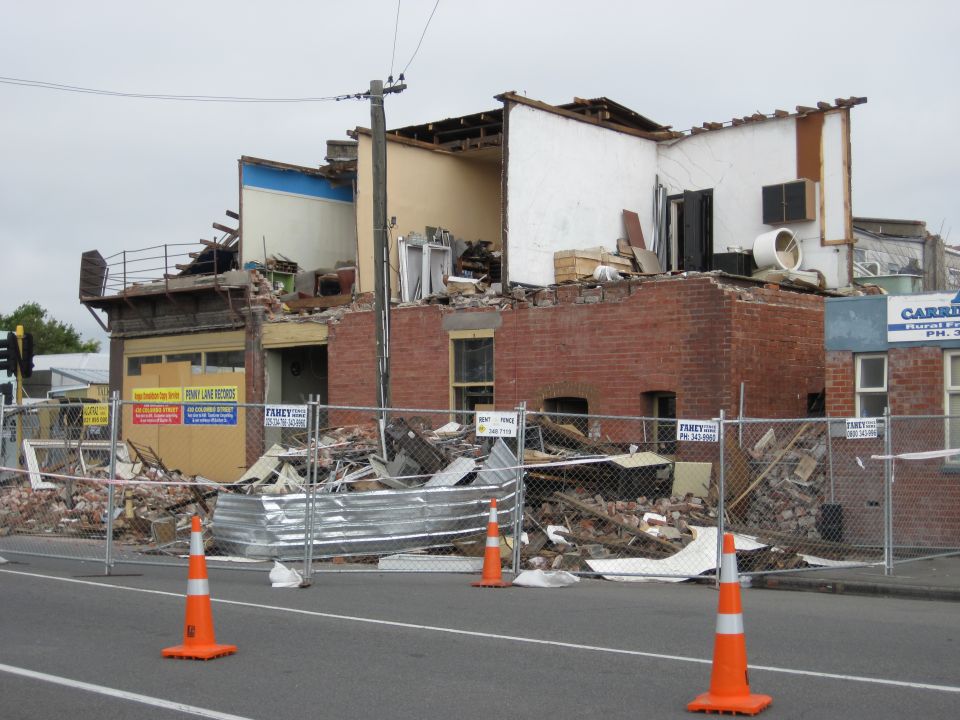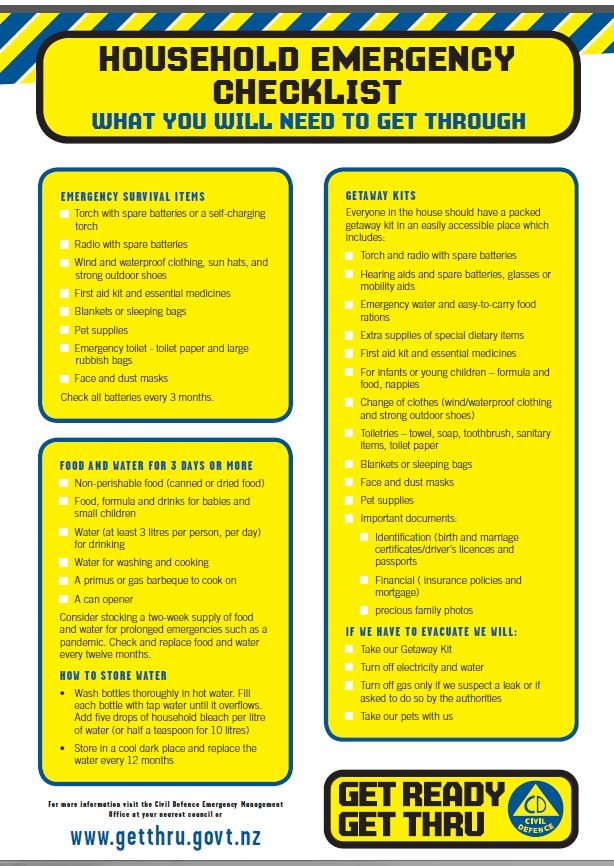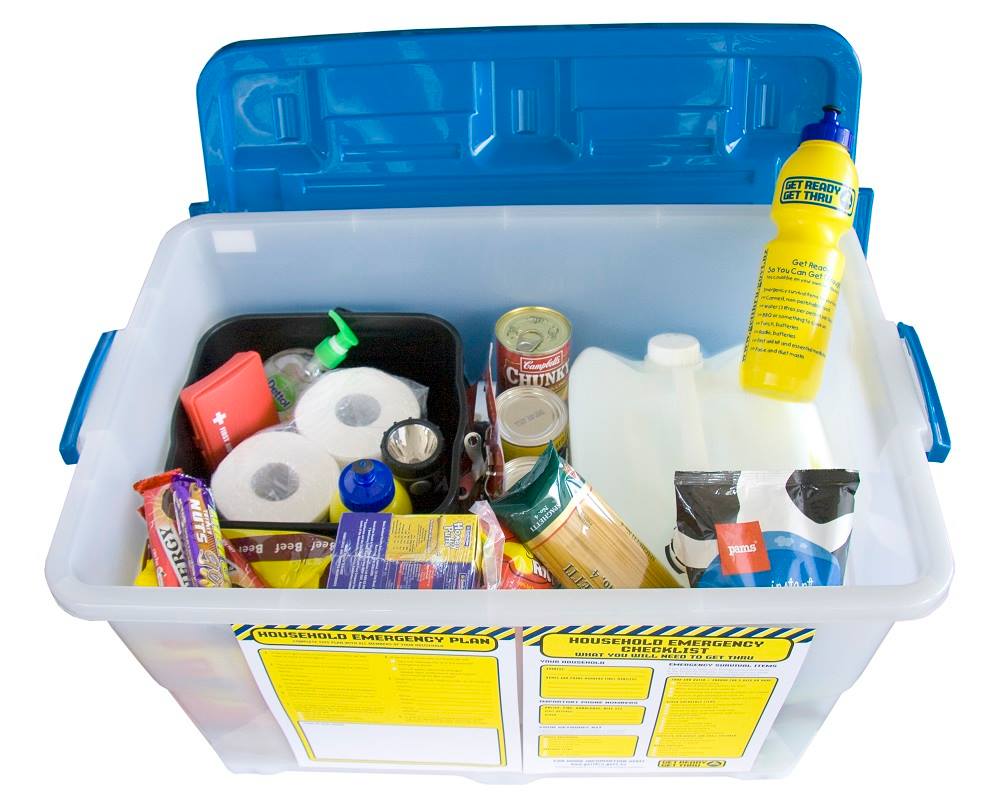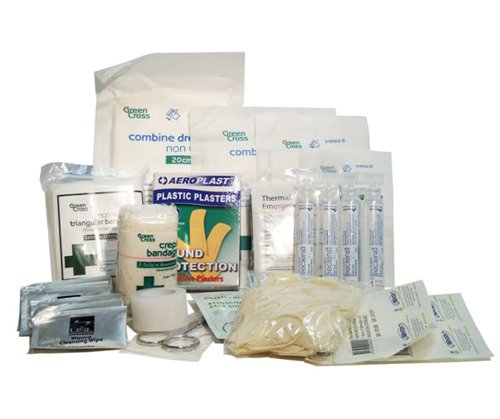People need to plan and prepare for natural disasters to reduce risk to themselves, their family and their property.
People need to plan and prepare for natural disasters to reduce risk to themselves, their family and their home.
Do you have a plan?
Develop a household emergency plan, which includes:
- where to shelter
- who is responsible for checking essential items in your Emergency Survival Kit
- how to turn off gas, water and electricity at the mains
- how to keep contact with each other during an emergency
- how to contact your civil defence organisation for help during an emergency.
Your emergency survival kit
If you want to keep your emergency survival kit items in the house for everyday use, make sure you know where to find them when an emergency occurs. Your kit should contain: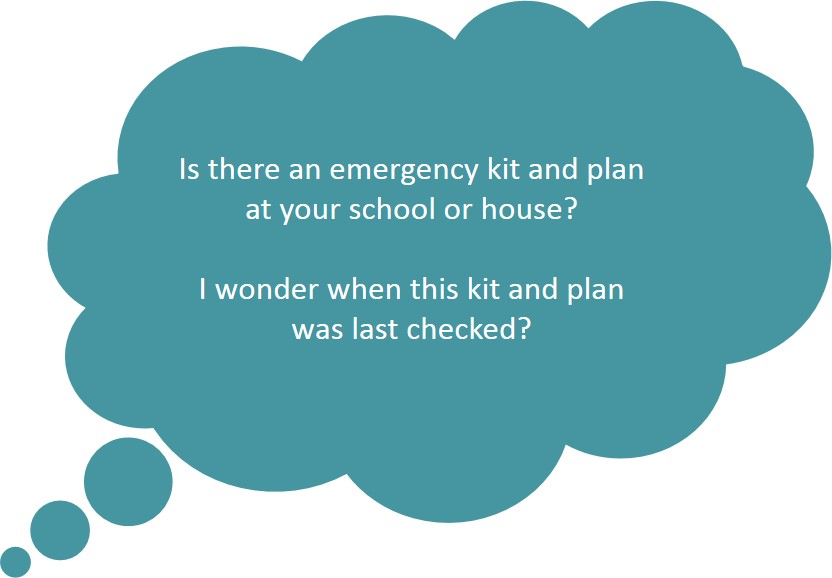
- food and water – enough for three days
- canned or dried food
- a can opener
- a primus or BBQ to cook on
- bottled water (three litres per person per day)
- check and renew the food and water every 12 months.
Emergency items
- first aid kit and essential medicines
- spare toilet paper and plastic rubbish bags for your emergency toilet or a chemical toilet
- pet supplies
- waterproof torches and spare batteries
- radio and spare batteries
- check the batteries every three months
- emergency clothing
- windproof and rainproof clothing
- sun-hats
- blankets or sleeping bags
- strong shoes for outdoors
First aid kit
You should have a complete first aid kit available in your home.
Do you have a plan?
Develop an emergency plan, which includes:
- where to shelter
- who will check the items in your emergency survival kit
- how to turn off gas, water and power at the mains
- how to keep contact with each other during an emergency
- how to contact civil defence for help during an emergency.
Your emergency survival kit
Your kit should contain:

- food and water – enough for three days
- canned or dried food
- a can opener
- a primus or BBQ to cook on
- bottled water (three litres per person per day)
- check and renew the food and water every year.
Emergency items
- first aid kit and medicines
- spare toilet paper and plastic rubbish bags for your emergency toilet
- pet food
- waterproof torches and spare batteries
- radio and spare batteries
- check the batteries every three months
- emergency clothing
- windproof and rainproof clothing
- sun-hats
- blankets or sleeping bags
- strong shoes for outdoors
Cook Islands Maori keywords:
| ‘āpi’i’anga / |
lesson, learning |
| ora / |
survive |
| mātakitaki / ātoro |
check (as in ensure, check up on) |
| momoeō |
supplies (provisions) |
Organise your own emergency plan and survival kit.
Organise your own emergency plan and survival kit.


